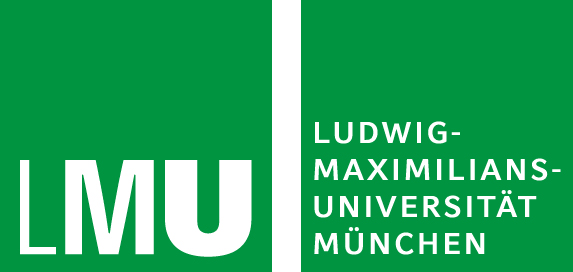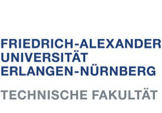

Home
Papal charters from the Middle Ages
The high medieval papal charters are in the focus of the research project “Script and Signs. A computer-based analysis of high medieval papal charters. A key to Europe’s cultural history”. Sponsored by the BMBF in the context of eHumanities, this project is a cooperation between the Friedrich-Alexander University of Erlangen-Nuremberg (Medieval History Lab, Prof. Dr. Klaus Herbers; Pattern Recognition Lab, Prof. Dr. Joachim Hornegger) and the Ludwig-Maximilians University of Munich (Chair of Historical Base Sciences and Historical Studies). The project aims at a detailed and systematic analysis of the development of writing in 11th and 12th century papal charters. This new approach benefits from its interdisciplinary character, which combines the new means of pattern recognition with those from traditional historical and paleographic methods.
The possibilities offered by pattern recognition help to reconstruct the process of changes in writing in a detailed way, whereas until now the development from the "papal curia" to the "papal minuscule" and finally to "Gothic writing" has been stated only roughly in a general way. Other characteristics of a charter, such as the "Benevalete" and "Rota", will also be examined in the project. The results will not only be analyzed paleographically and diplomatically, but will also be placed in a cultural and historical context.
The analysis will begin with the papacy of Leo IX (1048-1054), who changed the layout of papal charters in a significant way, and will end in the year 1198 with pope Innocent’s III papacy.
Apart from descriptive observations about when and how changes in writing were taking place, further questions will be worked on in the project. Why did these changes happen? Can they be related to single persons or events? Moreover, new knowledge about the papal chancery – the most efficient chancery in the High Middle Ages – will be expected by the automatically supported attribution to specific scribal hands.



